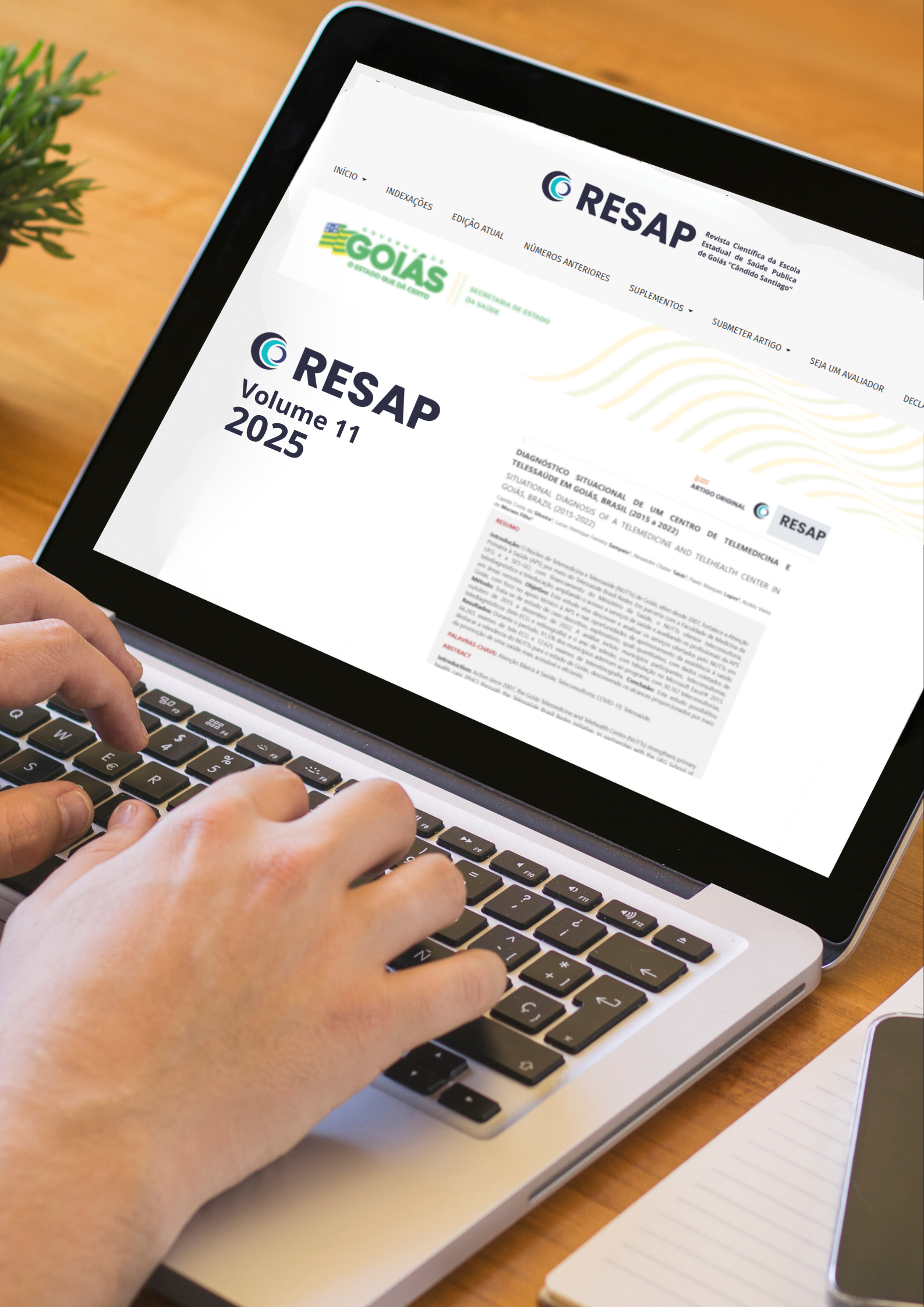Abstract
Introduction: Non-small cell lung cancer (NSCLC) is a malignant cancer with a high incidence in Brazil and worldwide. It presents various first- and second-line treatment options, such as Nivolumab, which binds to the PD-1 receptor on T cells, inhibiting their action. Objective: To review the literature and present the efficacy of first- and second-line treatments for non-small cell lung cancer (NSCLC), specifically Nivolumab, indicated for the treatment of NSCLC. Methods: A nine-month literature review was conducted, selecting 6 articles from the following databases: Virtual Health Library (VHL), Latin American and Caribbean Health Sciences Literature (LILACS), Scientific Electronic Library Online (SciELO), PubMed, Google Scholar, and the Brazilian National Cancer Institute (INCA), which discuss the evaluation of the effectiveness of treatments for non-small cell lung cancer (NSCLC). Results: Currently, there are several options for the treatment of NSCLC, such as chemotherapy based on docetaxel, cisplatin, and etoposide, and immunotherapy such as ipilimumab. The immunotherapy agent Nivolumab has been shown to be a promising option for the treatment of local, advanced, or metastatic non-small cell lung cancer, especially in patients who have progressed after platinum-based chemotherapy. In studies, Nivolumab showed a statistically significant improvement in overall survival compared to conventional treatment with docetaxel. Additionally, the combination of Nivolumab with other agents, such as anti-CTLA-4, is being investigated to potentiate antitumor activity, although this approach may be associated with a higher incidence of adverse events. Conclusion: Given the complexity of lung cancer, it is crucial to develop multifaceted approaches for diagnosis and treatment. The choice between immunotherapy and chemotherapy depends on several factors, highlighting the need for an individualized approach. It is essential to consider the limitations of the studies and ensure equitable access to treatments, as well as continuous investments in research for therapeutic advances and prevention.


